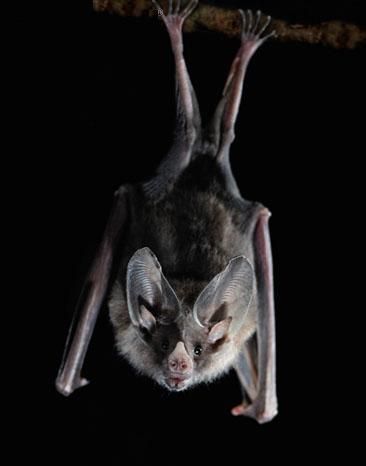Bats in the Backyard
While most people cringe at the thought of a bat in the house (and if you have that problem, Gertens has the solution for you Bat Magic by Bonide), many families across the country are discovering the benefits of sharing their yard with bats. People now understand that myths, such as bats getting tangled in your hair, are just myths and these are very beneficial mammals. Across the world, bats contribute to fruit and flower pollination, dispersal of seeds, and the control of insect populations. Here in the Midwest , for instance, a single brown bat can catch and eat around 600 mosquitoes in one hour. A colony of 150 big brown bats can eat up to 18 million rootworms during a summer.
 |
| Brown bats can eat up to 600 mosquitoes in one hour! |
It is not always easy to get bats to take up residence in your yard, but if you are successful, the rewards are worth it, especially in terms of insect control. Just ask anyone who has them! Gertens carries several styles of bat houses as well as books that show you how to build your own bat house. All come with instructions for set up. The following are helpful hints that may make your attempt to attract bats a success.
- TIMING - Although bat houses can be put up any time during the year, it is best to put them up before bats return in the spring.
- DESIGN - Do not use pressure-treated plywood. Exterior plywood and/or cedar are best. Caulk all seams. The exterior color of the house should be dark brown or black. Measurements vary, but in general houses should be at least 2 feet tall, 14 inches wide, and have a landing that extends below the entrance 3-6 inches. For more information on constructing your own bat house we suggest you consult one of our many books on building homes for wildlife.
- HABITAT - Bats generally like to roost within 1/4 mile of water. They also like a varied habitat, and the greatest success occurs in areas where bats are known to be present.
- MOUNTING - Houses should be placed on poles or buildings. Putting 2 houses, back to back, on a pole is ideal. They should not be placed in an area lit by bright lights, and the house should be at least 12 feet above the ground.
